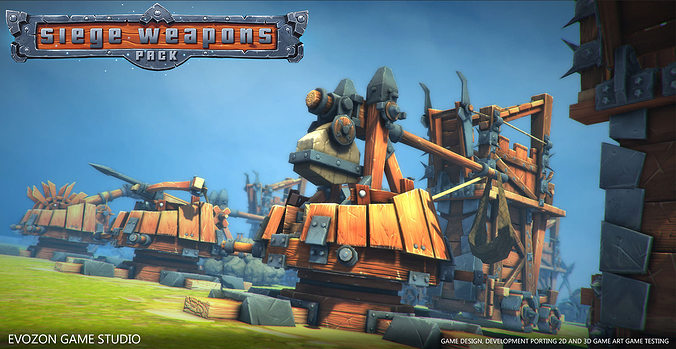
In the dynamic realm of game animation, a meticulous process is key to transforming ideas into immersive experiences. This article unpacks the eight crucial steps - storyboarding, designing, modeling, texturing, animation, lighting, and rendering - integral to flourishing your game project.
Each step is a unique blend of art and technology, demanding both creative thinking and technical expertise. For innovators seeking to navigate this complex landscape, let this be your comprehensive guide.
First Step: The Art of Storyboarding in Game Animation
The initial step in the process of game animation is the art of storyboarding, a crucial phase that lays the groundwork for all subsequent stages. This stage involves conceptualizing the game's narrative and visual flow, using storyboarding tools to create a visual blueprint.
It is during this phase that character development begins, establishing the persona and aesthetic of each game entity. Storyboarding is not merely a design task, but a creative exercise that requires an intricate blend of artistic vision, technical proficiency, and storytelling prowess.
In an era of innovation, the art of storyboarding breathes life into the static concept, forming a dynamic and interactive game world. This process is vital, setting the trajectory for the entire project and ensuring a compelling game experience.
Second Step: Understanding the Importance of Designing in Game Animation
Following the storyboarding phase, we dive into the second critical step in game animation: understanding and implementing proper design elements. This stage provides the visual foundation upon which the game will be built.
This phase involves the application of fundamental Design Principles to ensure each visual aspect aligns perfectly with the game's narrative and purpose. One of the primary objectives of this stage is to achieve Visual Consistency, an indispensable trait for any successful game.
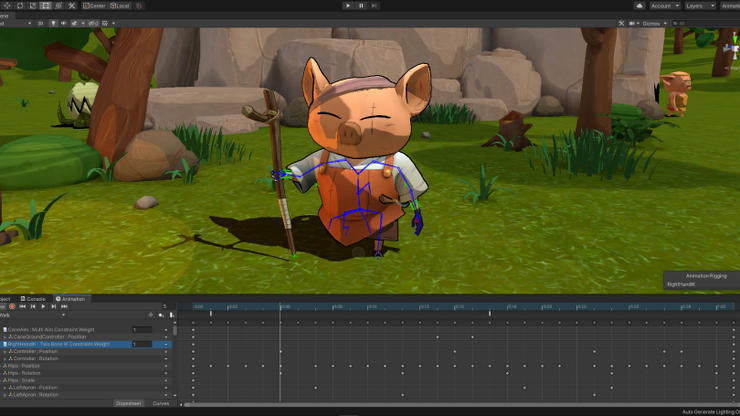
It requires meticulous attention to detail, from character design to the virtual environment, to ensure a uniform aesthetic. This harmony reinforces the game's immersion factor, captivating players and keeping them engaged.
Innovative and creative thinking is key in this stage, as the design forms the first tangible step towards bringing the storyboard to life.
Third Step: The Role of Modeling in Game Animation
The third integral step in the game animation process is modeling, a technique that involves the creation of three-dimensional structures to represent characters or objects in a game.
The significance of modeling in game animation cannot be understated, as it serves as the foundation for the visual aesthetic and interactive experiences in gameplay.
Understanding various modeling techniques and their application in creating effective and engaging game elements is therefore crucial for the success of any animation project.
Modeling Techniques
Diving into the realm of modeling, it plays a crucial role in the process of game animation by acting as a bridge between design and animation, thereby bringing characters and environments to life. It involves intricate techniques such as Character Rigging and managing Polygon Count which are vital to achieve realistic movements and maintaining game performance respectively.
To understand better, let's elaborate on four key techniques:
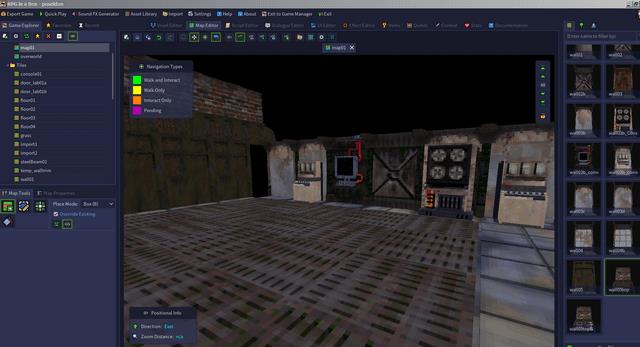
Character Rigging: This involves creating a skeleton for a 3D model enabling it to move in a lifelike manner.
Mesh Modeling: This technique helps in creating a detailed and realistic model by manipulating the vertices of the model.
Polygon Count management: It involves optimizing the number of polygons in a model to maintain game performance.
Texture Mapping: This technique helps to add detail and color to a 3D model, enhancing its visual appeal.
Importance of Modeling
As the third crucial step in our game animation journey, modeling holds an immense significance, and without it, neither the artistic vision nor the functionality of a game can be fully realized. It acts as the physical embodiment of the game's conceptual elements, transforming mere ideas into tangible, interactive entities.
Given its importance, there is a vast array of modeling software options available, each with unique features and capabilities to suit varying project needs. Attention to detail is paramount in this stage, particularly the importance of scale in modeling. Accurate scaling ensures that all elements within the gaming environment maintain proportionality, thus enhancing the game's realism. Incorrect scaling, on the other hand, can disrupt the immersive experience.
Ultimately, thoughtful and precise modeling contributes significantly to a game's success.
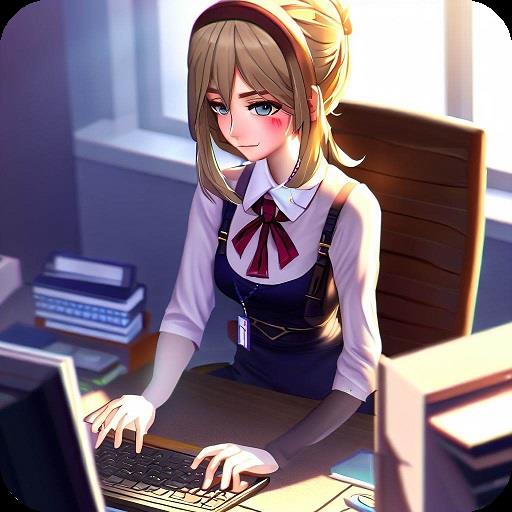
Fourth Step: Exploring the World of Texturing in Game Animation
In the realm of game animation, the fourth crucial step is texturing, a process that breathes life into the models by giving them a realistic appearance. It demands a keen understanding of various techniques, each with its unique aesthetic implications and technological considerations.
Additionally, texture is not merely a visual facet; it significantly influences the gameplay, creating immersive environments and guiding player interactions.
Texturing Techniques
Within the scope of game animation, texturing holds a vital place as it breathes life into the models, enhancing their visual appeal and realism. The process involves the use of specialized texturing tools and a detailed texture application to create visually captivating game characters and environments.
Procedural Texturing: This technique uses algorithms to generate textures, offering infinite detail and resolution independence.
Bitmap Texturing: It involves mapping a 2D image (bitmap) onto a 3D model.
Substance Texturing: This allows artists to design, paint, and manage multiple textures in one place.
Physically-Based Rendering (PBR): This method mimics the interaction between light and materials in the real world, giving a more realistic touch.
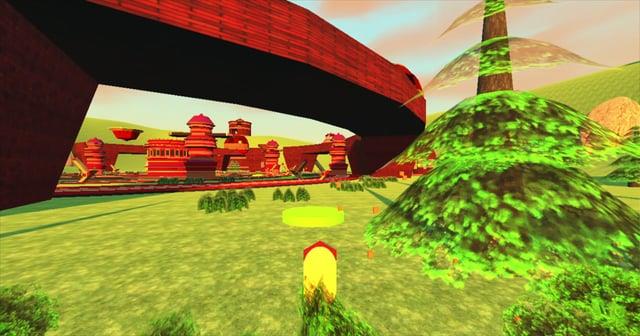
These techniques help to create engaging, visually stunning game animations, pushing the boundaries of innovation.
Texture's Impact on Gameplay
Often overlooked, but equally significant, texturing regularly influences gameplay by enhancing the visual engagement and aiding in the creation of a believable game world.
The clever use of texture customization can generate immersive environments that captivate players, reinforcing their emotional connection to the game.
Conversely, understanding texture limitations is crucial to avoid overloading systems, ensuring smooth gameplay.
Textures can also serve a functional purpose, subtly guiding players or indicating interactive elements.
Even the minutest texture details can contribute to a game's overall narrative, providing clues or hinting at hidden story layers.
Thus, texturing is not just about a game's visual appeal, but it has a profound impact on the player's experience and interaction with the game world.
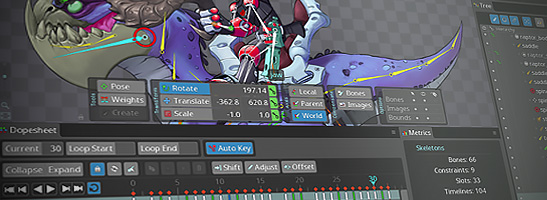
Fifth Step: Delving Into the Action With Animation in Gaming
Transitioning to the fifth pivotal step, we plunge into the dynamic world of animation in gaming, where every frame counts towards creating a captivating player experience. The essence of this stage lies in the perfect blend of character movement and the adept use of animation software.
Character Movement: The illusion of life is created by simulating motion in characters. Their actions, reactions, and interactions drive the narrative forward.
Animation Software: Leveraging cutting-edge tools, animators breathe life into their creations, making them dance, jump, fight, or explore.
Keyframing: This process involves defining crucial points of motion, ensuring fluidity and realism.
Rigging: Skeletons are created for 3D models, facilitating organic movement.
Here, artistry meets technology, birthing an immersive world that captivates and enthralls its audience.
Sixth Step: Illuminating Your Game With Lighting Techniques
The sixth step in our game animation journey is both an art and a science, involving the strategic application of lighting techniques to not only illuminate the game world, but also to guide, engage, and emotionally influence the player.
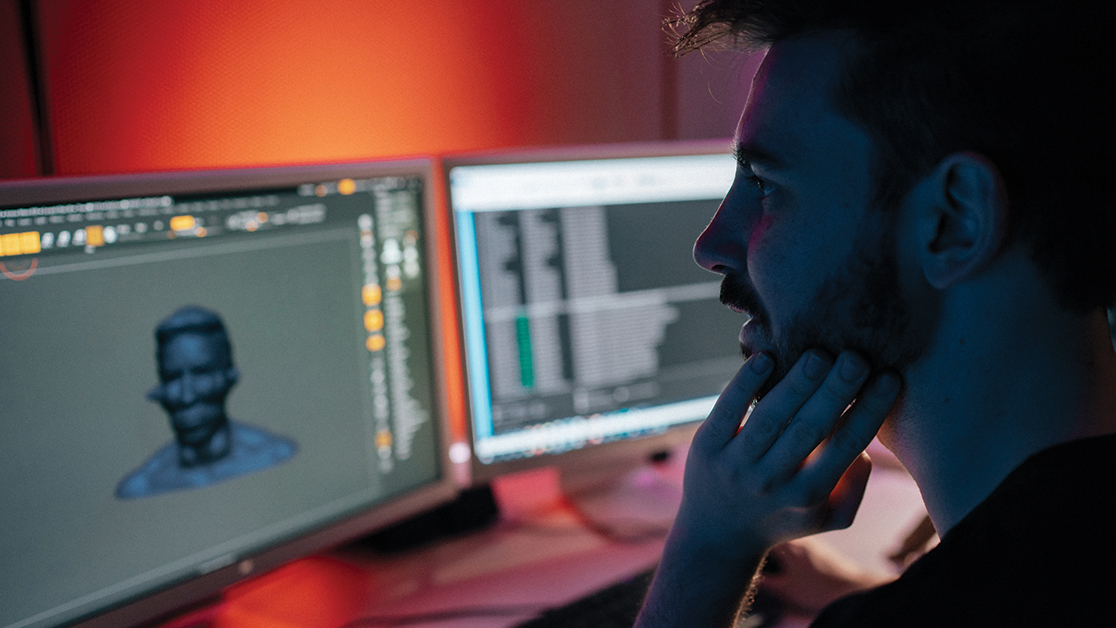
The innovative use of lighting psychology can effectively control player behavior, subtly directing their attention and shaping their experience within the game environment.
Shadow manipulation, on the other hand, adds depth and realism to the game, while also serving as a powerful storytelling tool. Carefully crafted shadows can create tension, mystery, or even fear, enriching the game narrative.
In essence, a well-lit game can captivate players, making the difference between a forgettable experience and a memorable journey.
Seventh Step: The Intricacies of Rendering in Game Animation
Delving into the seventh and final step, we will explore the intricate process of rendering in game animation, a critical phase where all the previously implemented elements come to life in a visually compelling manner.
Rendering Software: This tool translates the digital representation into the final output. The choice of software significantly impacts render quality and speed.
Render Optimization: This involves tweaking settings to achieve the ideal balance between speed and quality.
Post-Processing Effects: These add depth and realism to the rendered frames, including blur, glare, and color correction.
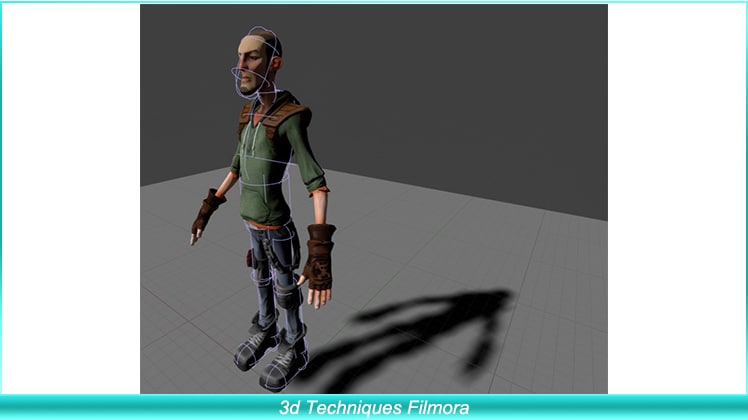
Quality Checks: Rigorous testing ensures that the final output aligns with the initial vision.
Understanding these intricacies allows for innovation in rendering, truly allowing your game animation project to blossom.
Final Step: Reviewing and Refining Your Animated Game Project
After the rendering process, reviewing and refining your animated game project becomes the critical final step, ensuring that all elements meet the desired quality and aesthetic standards.
This involves meticulous examination of every frame, every character movement, and every light and shadow. The goal is to create an immersive, engaging, and visually pleasing gaming experience.
Feedback incorporation is a crucial part of this phase, where insights from various stakeholders are integrated to enhance the project's overall impact. Quality assurance tests are conducted to identify any glitches, inconsistencies, or areas of improvement.
This final review and refinement stage is an opportunity for creative thinking and innovation, pushing the boundaries of what is possible in game animation, resulting in a polished and captivating final product.
Frequently Asked Questions
What Are the Necessary Hardware and Software Requirements for Game Animation?
Game animation requires powerful hardware to surpass limitations and compatible animation software. A high-speed processor, ample storage, superior graphics card, and memory are needed. Software like Maya, Blender, or 3DS Max are commonly utilized.
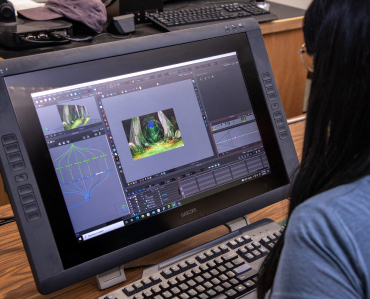
How Much Time Is Generally Needed to Complete a Game Animation Project?
The duration of a game animation project varies greatly, depending on budgeting constraints and team collaboration. It can range from weeks to years, with each phase requiring careful planning, execution, and revisions.
What Skills or Qualifications Are Necessary to Start a Career in Game Animation?
A career in game animation requires an animation education, focusing on areas such as design, modeling, and rendering. Building a substantial portfolio showcasing creativity and technical skills is also crucial for demonstrating expertise and innovation.
How Does One Ensure That the Animation Resonates With the Intended Audience?
To ensure animation resonates with the intended audience, creators must prioritize audience engagement and emotional resonance. Understanding the audience's preferences and emotions aids in crafting a compelling, relatable narrative in the animation.
Can You Provide Any Tips for Managing a Successful Game Animation Project?
Effective game animation project management requires strategic team coordination and meticulous budgeting. It's crucial to foster an innovative and collaborative environment, ensuring each step aligns with the project's vision, timeline, and financial constraints.
 Digital Art InstructionDIY Infographics DesignMobile Game ArtworkPersonalized Logo Design3D AnimationeBook Covers DesignPrivacy PolicyTerms And Conditions
Digital Art InstructionDIY Infographics DesignMobile Game ArtworkPersonalized Logo Design3D AnimationeBook Covers DesignPrivacy PolicyTerms And Conditions
